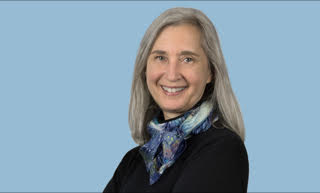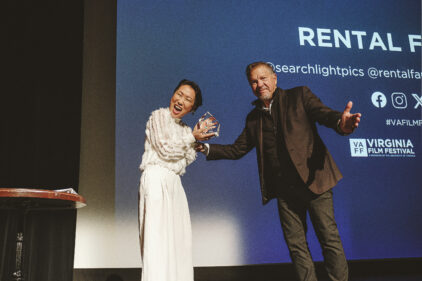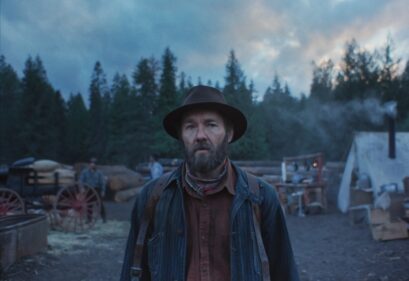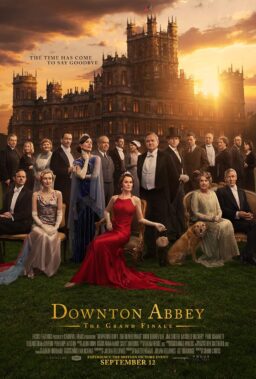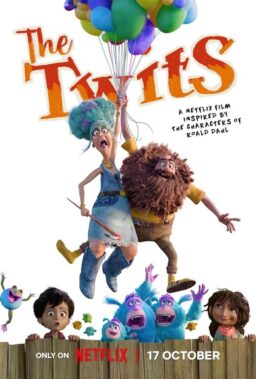On October 11, 1975, the first episode of “Saturday Night Live” was broadcast on NBC, and the opening credits featured a series of photos of Manhattan shot by model-turned-photographer (and my cousin) Edie Baskin. She was the show’s sole photographer for its first 25 years, and her now-iconic images of the cast and hosts, enhanced by hand-drawn color graphics, served as “bumpers,” shots between the commercials and the broadcast.
Those photos of luminaries, including Steve Martin, Burt Reynolds, Carrie Fisher, The Rolling Stones, Lily Tomlin, and eventually “The Not Ready for Prime Time” players John Belushi, Gilda Radner, and Dan Aykroyd, have now been collected into a book called Live from My Studio: The Art of Edie Baskin, published by Simon & Schuster Books.
In an interview, she talks to us about how she got the job and her evolving technique.
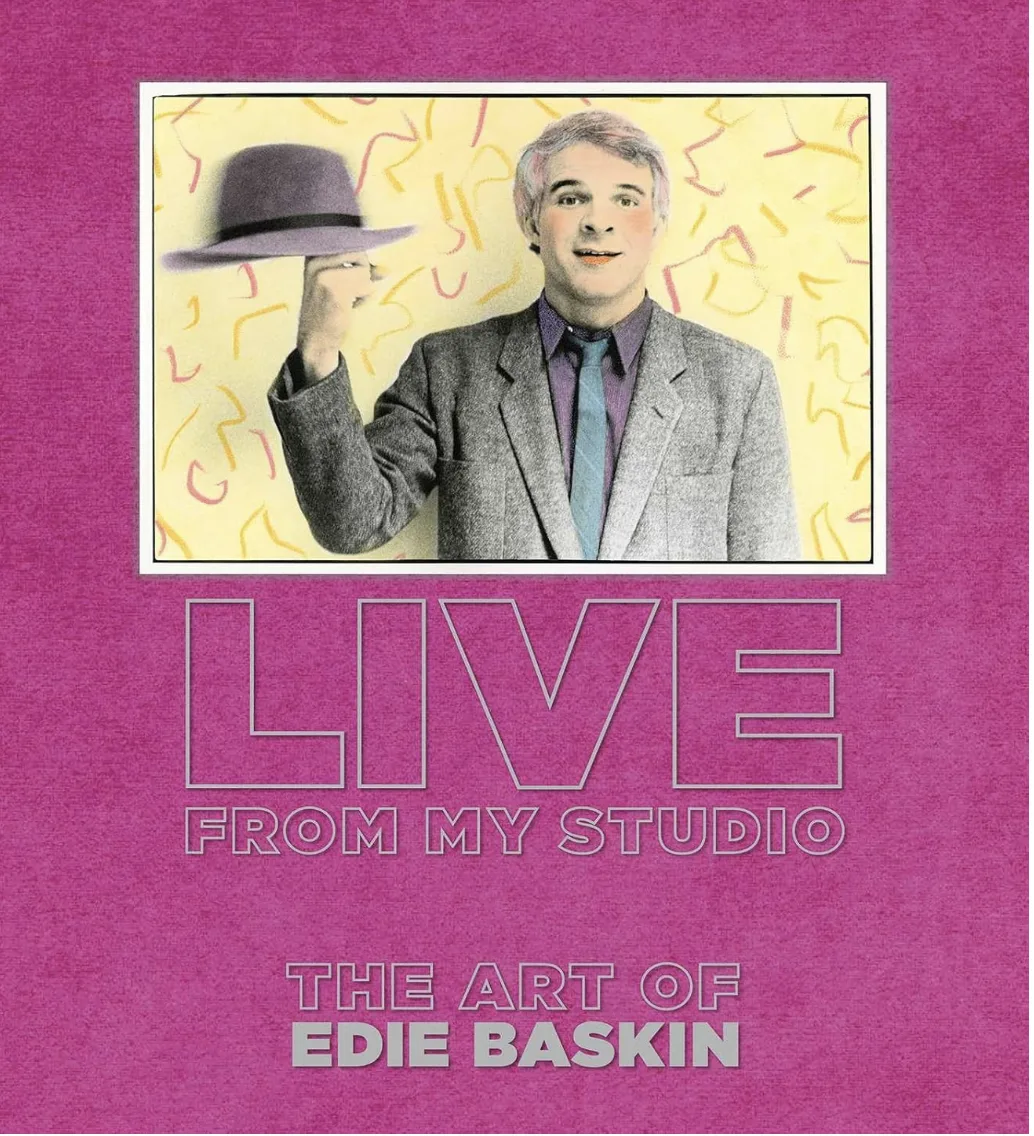
How did you become interested in augmenting photographs with color and adding graphic elements?
A few people were doing it at the time. Jean Pagliuso and Benno Friedman were doing it a little bit differently. I had a boyfriend, and we went on a cross-country trip. One of the places we went was Las Vegas. I loved the Las Vegas pictures, so I decided to put some color in them, and then in some other pictures, pictures I’d done of some cows.
What do you use? Paint? Crayons?
Yes, Marshall photo oils, pencil sets, chalk, anything that makes color.
When you put color on a black and white photo, what does that interaction mean to you?
I’d like to see it change into something I’ve made.
How did you get involved?
I met Lorne Michaels at a poker game at the Chateau Marmont. And there was just a group of us that hung out, and we went to Las Vegas together. We were just a group of kids. And then I moved back to New York. I had lived there before, but I was taking a little break.
He did a Lily Tomlin special. And he hired me for that because we were friends. It was like, “Let’s put on a show in the barnyard.” Only Lorne got a real job. I moved back to New York, and Lorne knew I was there. So he called me and he told me he got a late-night television show. And he was coming back to New York, and said, “Let’s hang.”
I invited him to come to my loft, where I’d been doing my photography work on my own. And I asked him to come down and look at my work. I was very proud of my photos. He liked those and the pictures from my cross-country trip, and he asked me if I could do the same thing for New York City at night. I said, “Yes, I’m sure I could.” I did that, and then I was called up to NBC to show a couple of the creative people there, and they liked it. So, out I went into the streets, shooting for the title sequence, and that became the opening credits.
The bumpers started on the second show. I was friends with Paul Simon, and I introduced Paul and Lorne, and they became fast friends. So Paul did the second show, and I took a picture of him standing by a piano and tinted it. And I used it as a bumper.
What did your experience as a model teach you about interacting with the subjects of your pictures?
I always try to make people comfortable and welcome.

I’m going to ask you about some of the images in the book that I thought represented a range worth discussing. Let’s start with Paula Prentiss and Richard Benjamin, actors who were and still are married. You really captured their chemistry.
They were just really great together, very happy together, and lively together.
The Talking Heads. That was one of the most subtle in terms of your additions to the image, almost like sepia, a very light touch.
I didn’t make a conscious decision. It was what I did at the time and how I grew, how I moved in and out of different things. And that was more of what I was doing at the time. I did a scribble on her blouse. I did put some skin color. That was when I was just beginning to work with the skin color.
Your portrait of Teri Garr is much more vivid, really expressing her vibrance.
That’s one of my all-time favorites, and she said she liked all of them. Teri was a friend of mine. We were in dance class together, and I have just known her throughout my life.
And you donated some of the originals to UCLA.
A series of my hand-painted works. Yes, I call it my wall of laughter.
